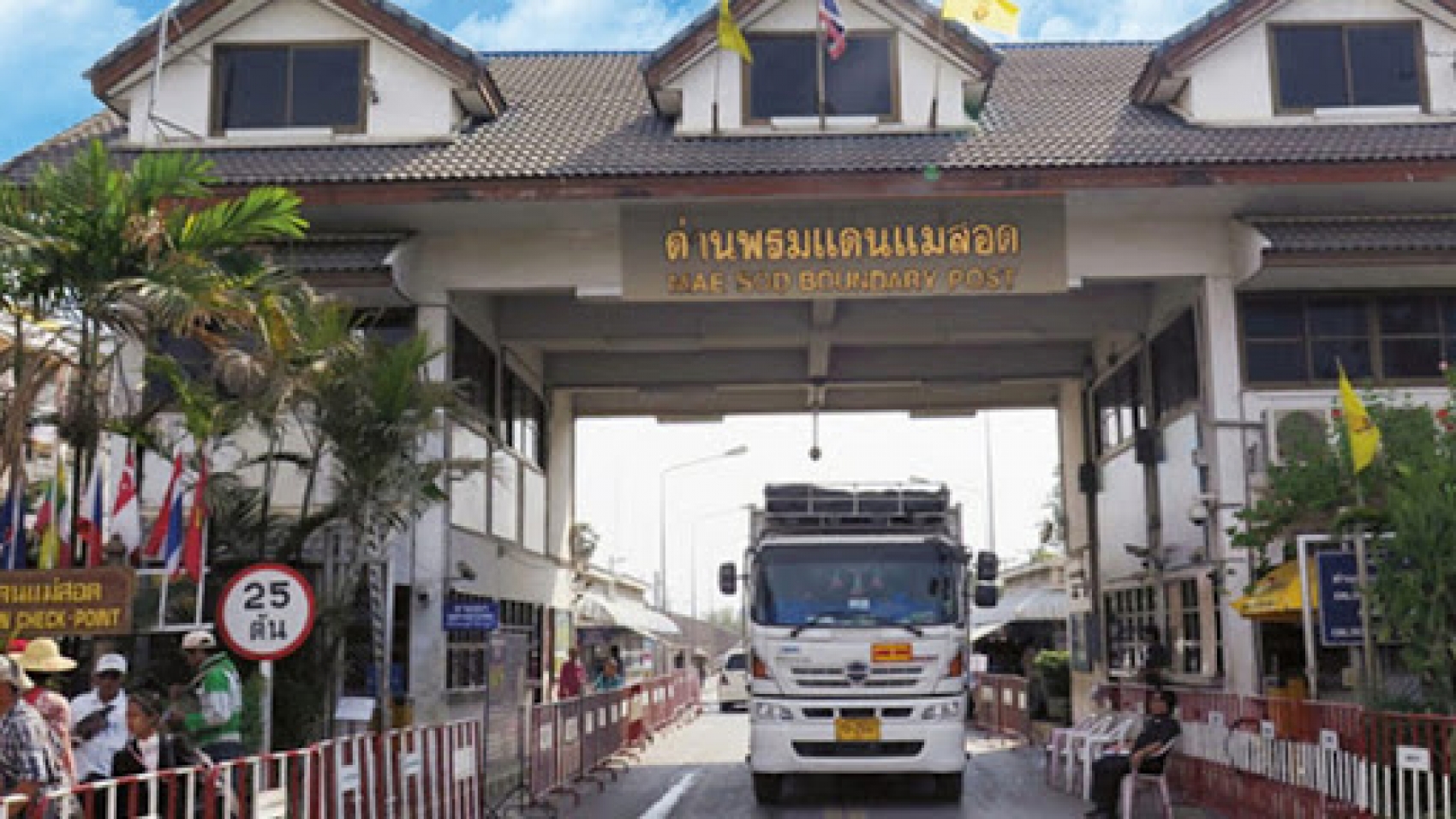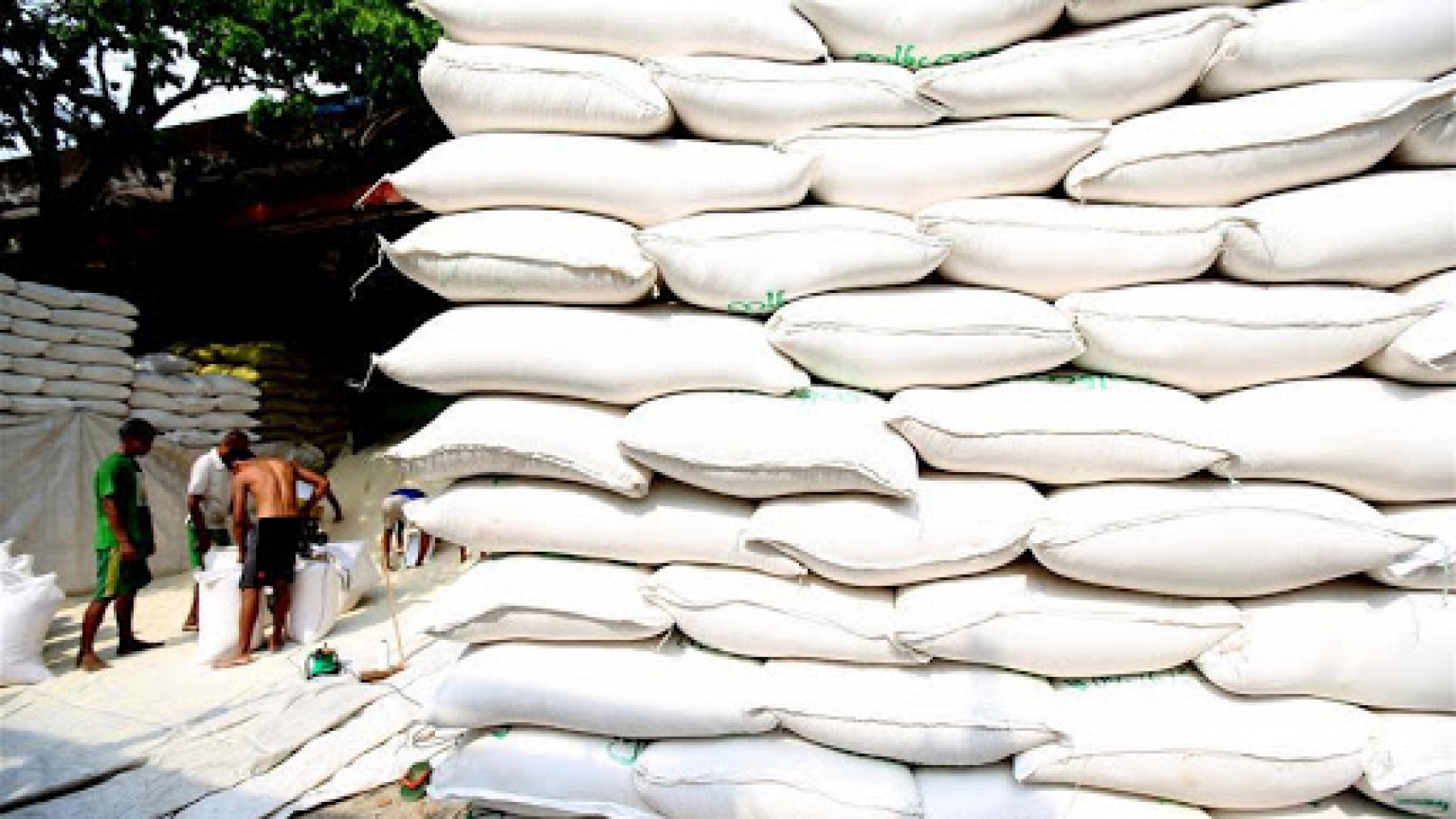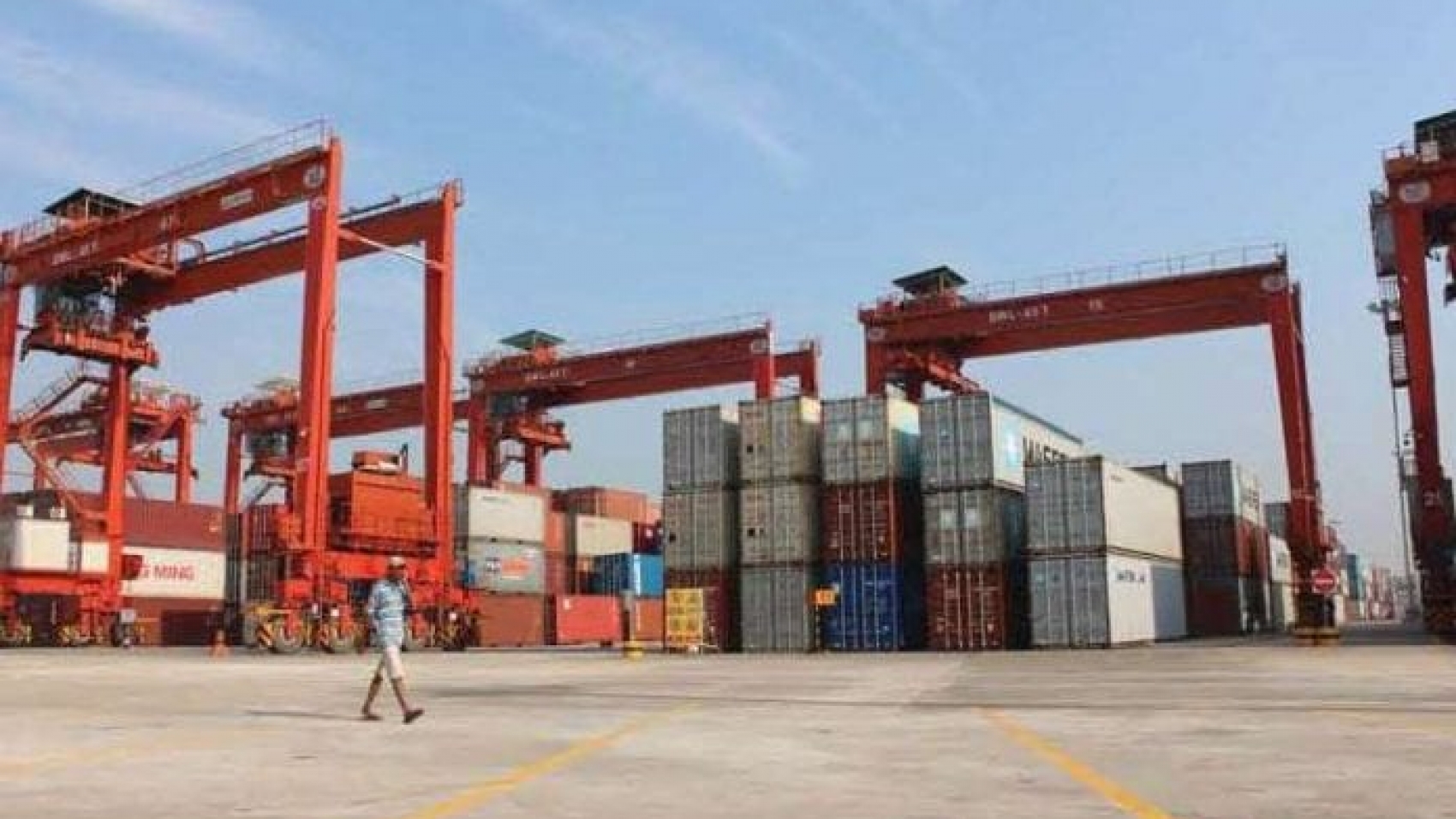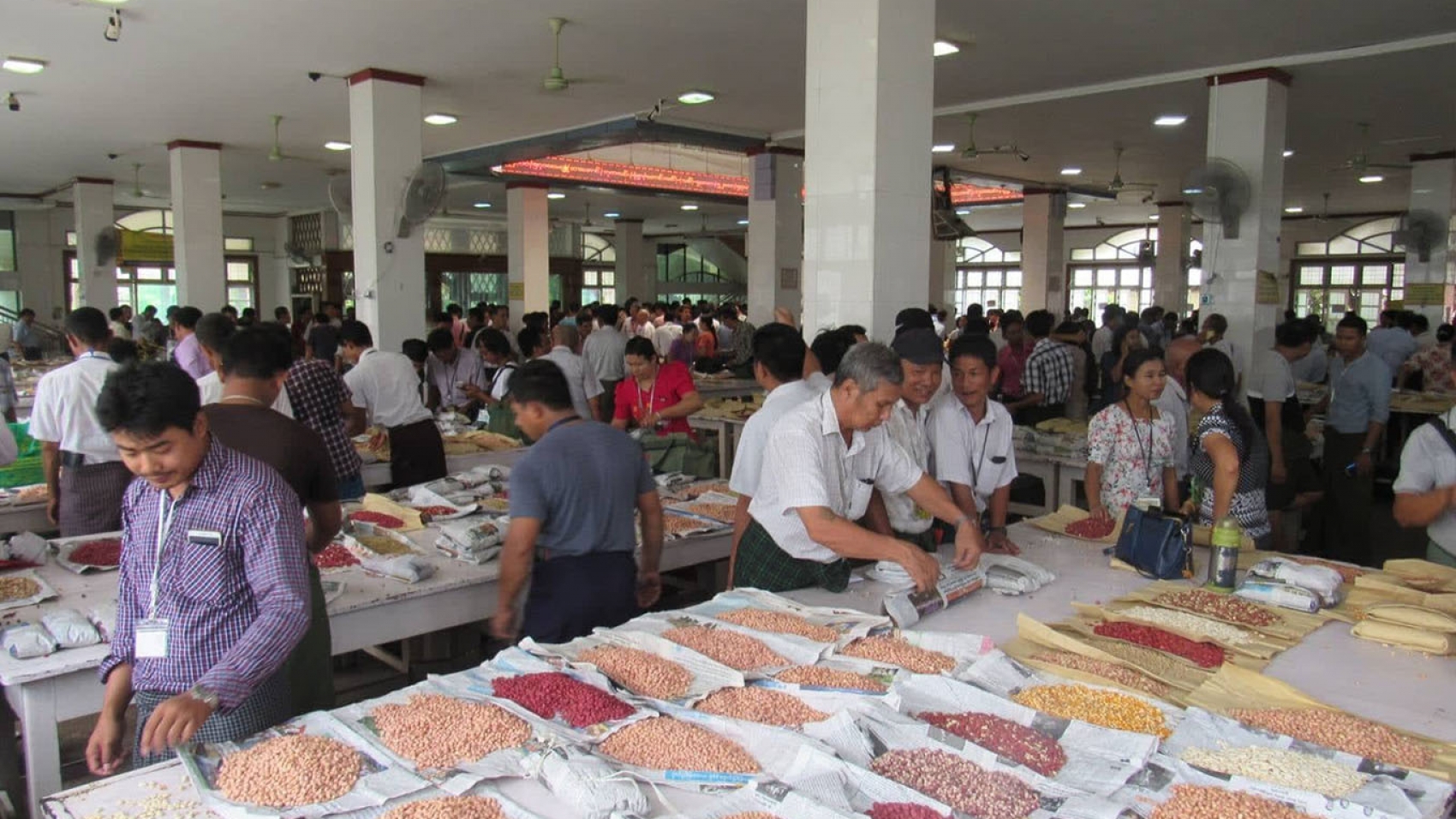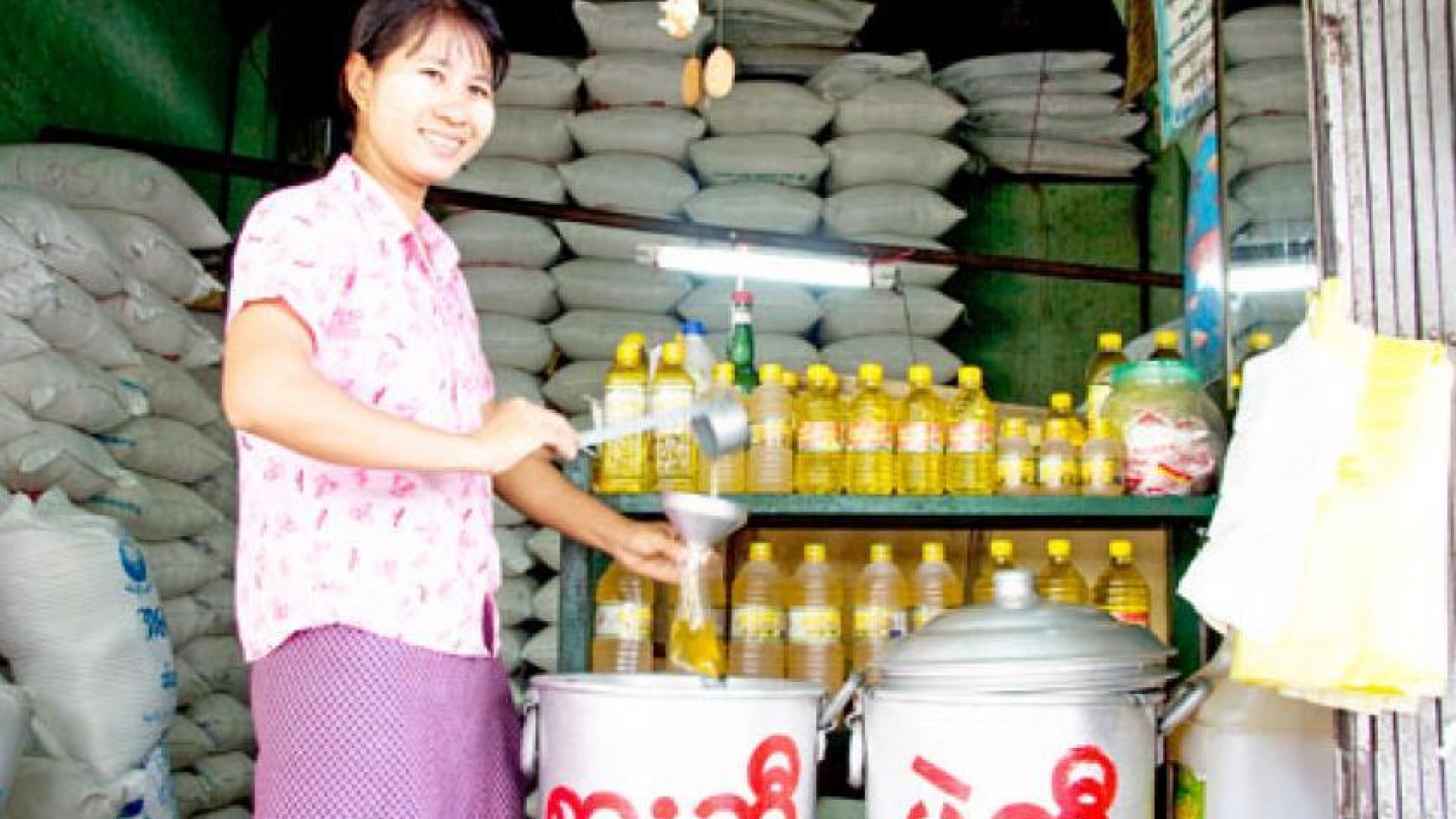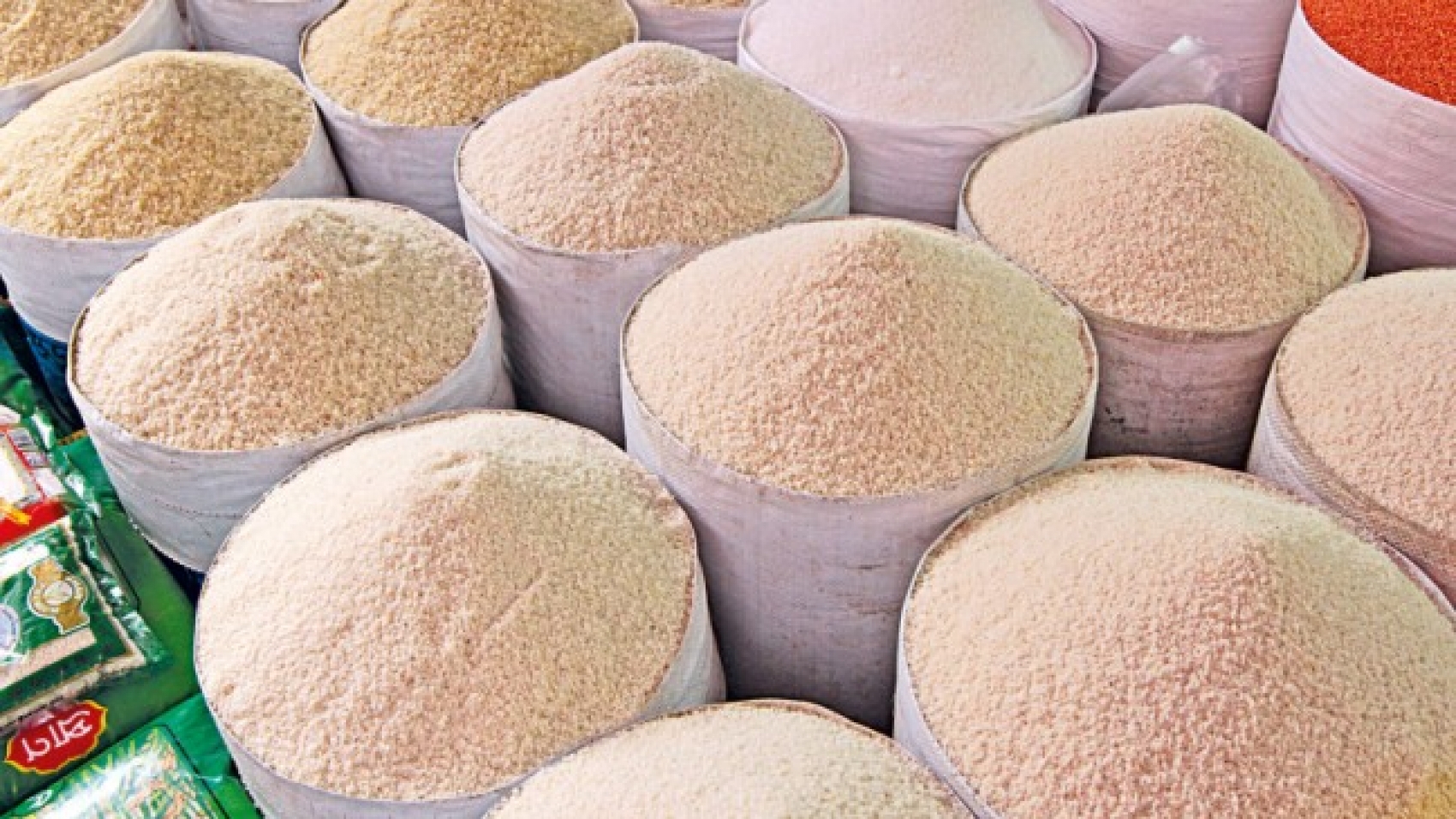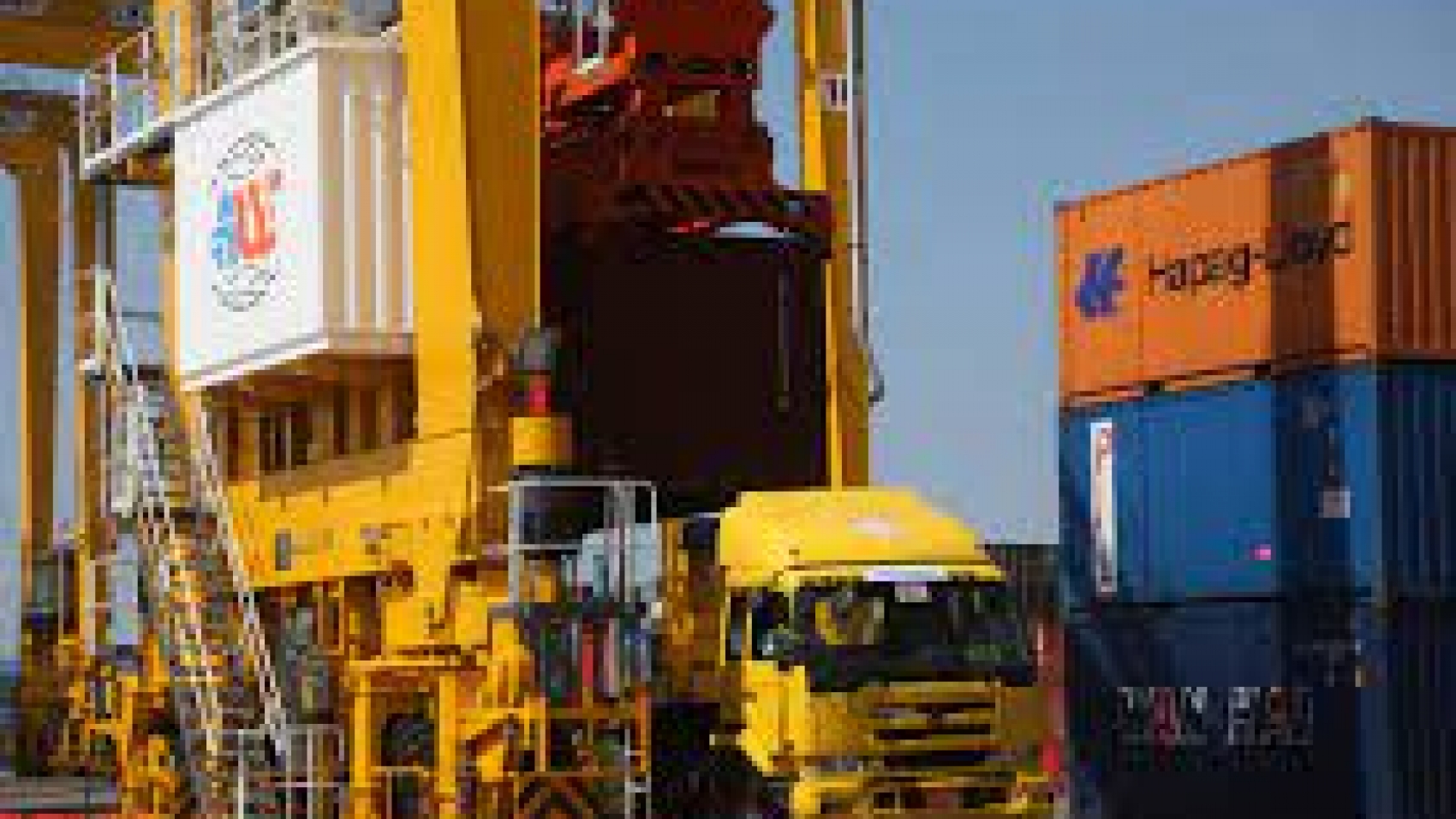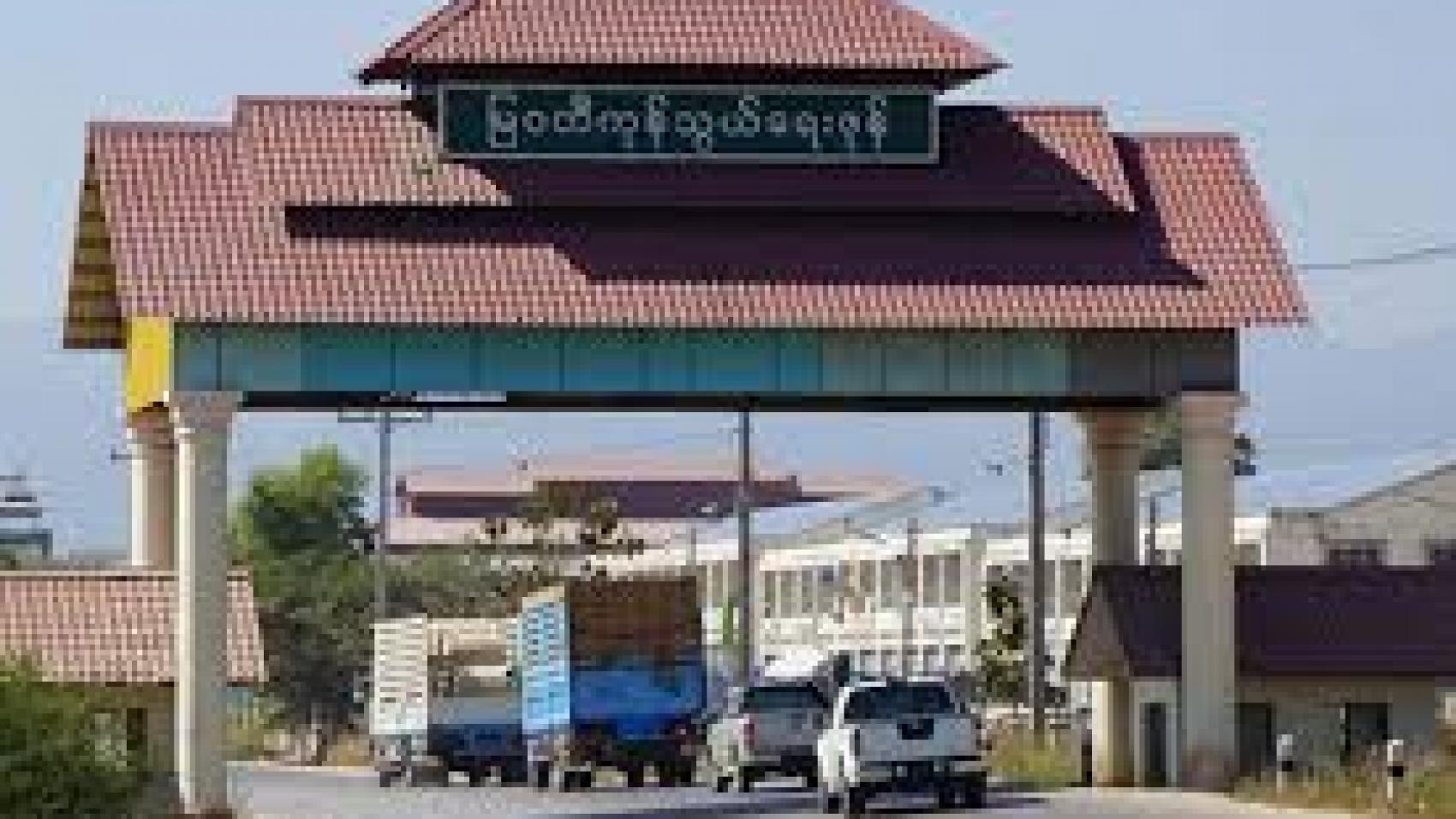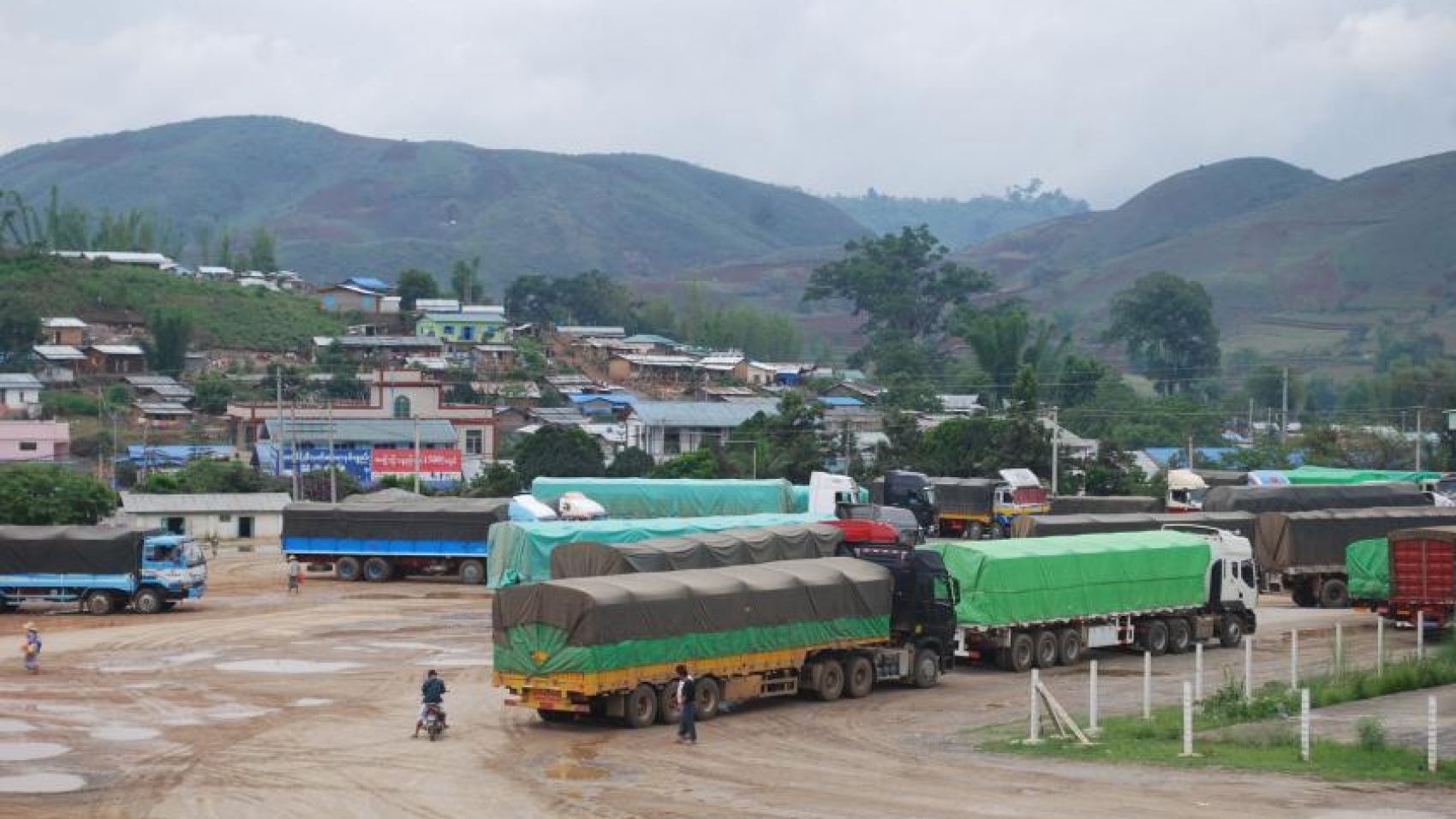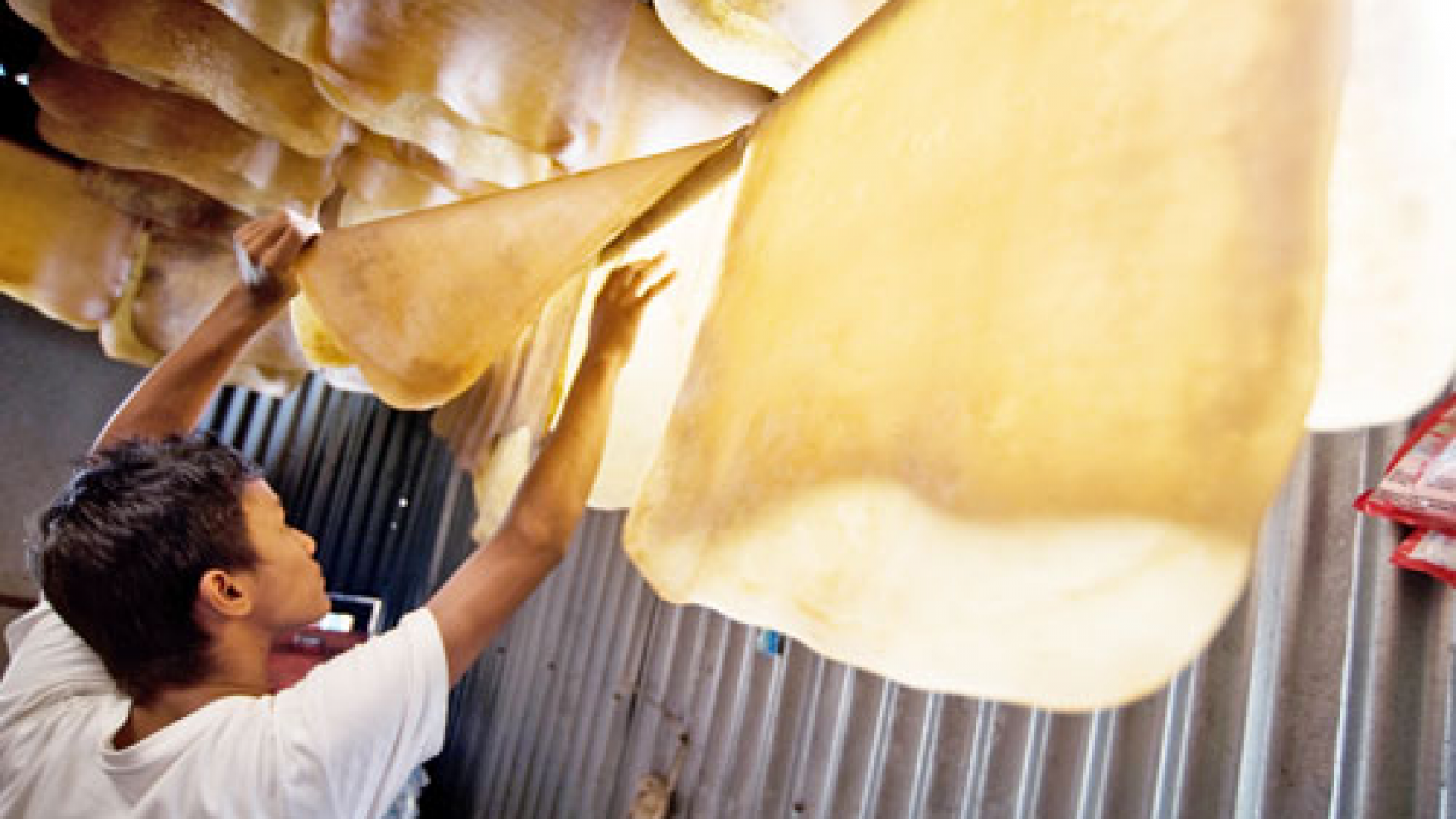Neighbouring Thailand is Myanmar’s major trading partner, which accounts for US$2.45 billion in the first half (October-March) of the current financial year 2020-2021, the statistics issued by the Central Statistical Organization under the Ministry of Planning and Finance indicated. The ministry reported that exports surpassed imports in trade with Thailand, with exports reaching over $1.55 billion and imports valued at over $901 million. Thailand has been Myanmar’s largest trade partner among the regional countries, followed by Singapore and Malaysia.
Thailand accounted for 18.48 per cent of total trade in 2016-2017 FY with an estimated trade value of US$4.6 billion, 19.17 pc in 2017-2018FY with a trade value of $5.57 billion, 40.38 pc in 2018-2019FY with $5.46 billion and over 40 pc in 2019-2020 FY with $5.117 billion respectively. Exports of natural gas from the Taninthayi Region contributed to the enormous increase in border trade with Thailand in the previous years. Last year, corn exports to Thailand also rose significantly as well, the Ministry of Commerce stated. Myanmar primarily exports natural gas, fishery products, coal, tin concentrate (SN 71.58 per cent), coconut (fresh and dry), beans, corns, bamboo shoots, sesame seeds, garment, footwear, plywood and veneer, broken rice and other commodities to Thailand.
It imports capital goods such as machinery, raw industrial goods such as cement and fertilizers, and consumer goods such as cosmetics, edible vegetable oil and food products from the neighbouring country. Myanmar is carrying out border trade with the neighbouring country Thailand through Tachilek, Myawady, Myeik, Mawtaung, Hteekhee, Kawthoung and Meisei border areas respectively. Among them, Myawady performed the largest trade in border trade with Thailand, followed by Hteekhee. Nevertheless, the trading activity via border is sluggish for now amid the coronavirus resurgences. Consequently, the trade via land border sharply fell in the current FY (2020-2021) as against last year. Apart from its main trade partner China, Myanmar’s external trade was mostly carried out with the regional trade partners.
Source: The Global New Light of Myanmar

